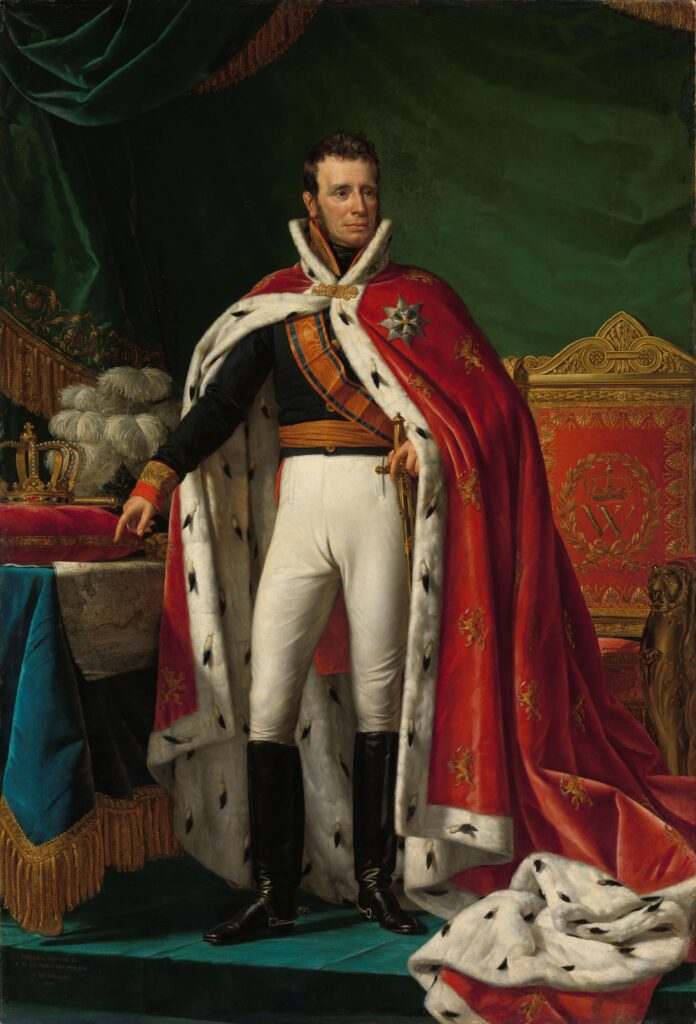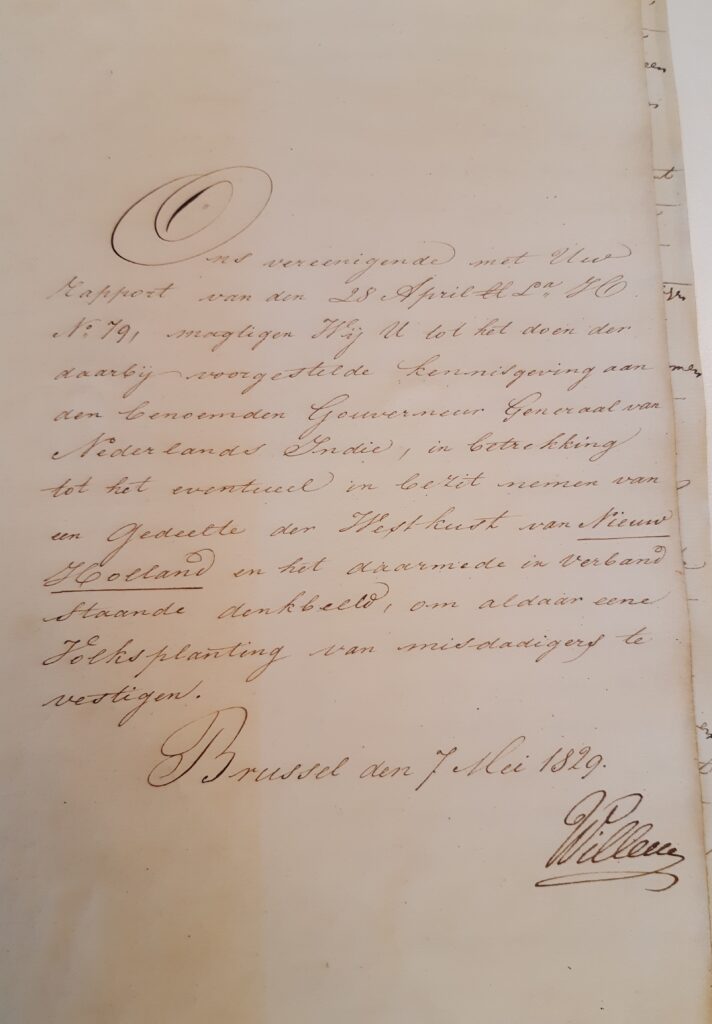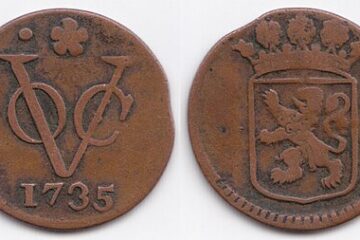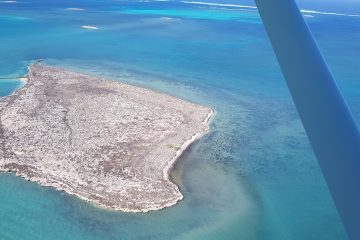The Dutch plans to establish a settlement on the west coast of New Holland (modern-day Western Australia) in the 1820s were part of broader European colonial interests in the region. Although the Dutch explored the territory of New Holland since its discovery by Abel Tasman in the 17th century, their influence in the region waned in the 18th century as they focused more on their Southeast Asian holdings.
By the early 19th century, the Dutch colonial administration was reconsidering their presence in the region. In a letter dated 21 October 1828, Dutch king Willem I suggested to his Minister of Colonial Affairs that it might be “expedient” to allow the Dutch East Indies administration to establish a settlement on New Holland. This article explores the background of this idea. However, it did not materialise, as the East Indies Governor-General probably had no confidence in the plan. Meanwhile, the British were also concerned about potential French claims to the western part of Australia. To pre-empt these threats, Britain established the Swan River Colony in 1829. This effectively ended any lingering Dutch plans of establishing a foothold on the Australian continent.



See also: Early nineteenth century English/Dutch rivalry in Eastern Indonesia and Australia


